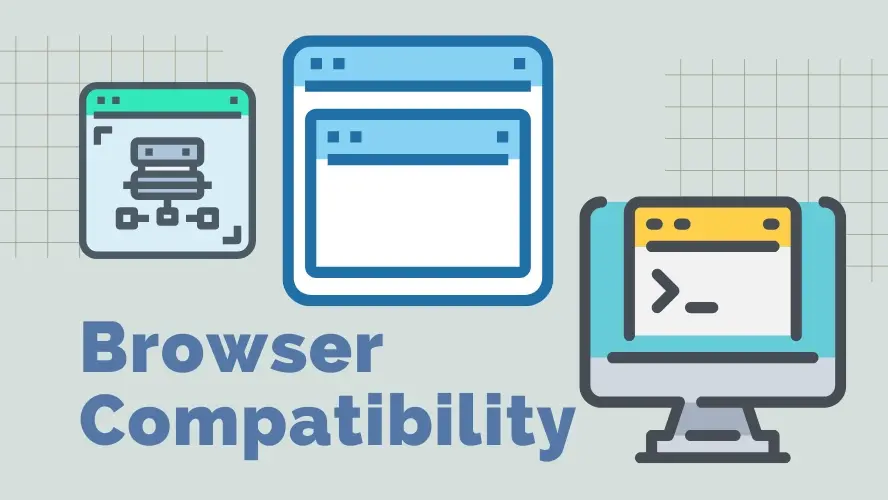The internet is a vast ecosystem, with websites viewed on a multitude of devices and browsers. While we strive for a unified experience, the reality is that browsers interpret code differently. This disparity creates a challenge for web developers: ensuring their creation functions flawlessly across various platforms. This is where browser compatibility comes in - the art of crafting websites that render consistently across different browsers.
This article delves into the intricacies of browser compatibility, equipping you with the knowledge and tools to navigate this landscape effectively. We'll explore:
The Importance of Browser Compatibility: Why it matters and its impact on user experience.
Understanding Browser Rendering Engines: How browsers interpret and display code.
Common Browser Compatibility Issues: Specific pitfalls to watch out for during development.
Best Practices for Ensuring Cross-Browser Compatibility: Strategies for building websites that adapt seamlessly.
Testing and Debugging Techniques: Tools and methods for identifying and resolving compatibility issues.
Why Browser Compatibility Matters
Imagine crafting a beautiful website that functions perfectly on your Chrome browser, only to discover it displays broken images or unresponsive layouts on Internet Explorer. This scenario, unfortunately, is a reality without browser compatibility in mind. Here's why it matters:
- Universal User Experience
Inconsistent rendering across browsers creates a fragmented user experience. Visitors on incompatible browsers might encounter bugs, broken features, or an overall unappealing layout. This can lead to frustration and ultimately, lost leads or conversions.
- Accessibility
Ensuring compatibility with a variety of browsers, including older ones, increases website accessibility. This is crucial for users with disabilities who might rely on specific browser features or assistive technologies.
- Search Engine Optimization (SEO)
Search engines consider mobile-friendliness and website responsiveness as critical ranking factors. Browsers that struggle to render your website accurately can negatively impact SEO by indicating a poorly maintained site.
- Maintenance Costs
Addressing compatibility issues later in the development cycle can be time-consuming and expensive. Building websites with cross-browser compatibility from the outset saves resources and ensures a smoother development process.
Recognizing Browser Rendering Engines
To understand browser compatibility, we need to delve into how browsers interpret and display web pages. This magic happens through rendering engines – the core software component of a browser responsible for transforming code into the visual experience we see on our screens. While the basic principles are similar, popular browsers like Chrome (Blink), Firefox (Gecko), and Safari (WebKit) utilize different rendering engines, leading to subtle variations in how websites are presented.
These differences can manifest in areas like
- HTML and CSS Interpretation
Rendering engines might have slightly different interpretations of HTML elements and CSS properties. This can lead to inconsistencies in layout, styling, and element behavior.
- JavaScript Support
While JavaScript is a standardized language, browser engines might implement specific functionalities differently. This can cause unexpected behavior in JavaScript code.
- Legacy Browser Support
Older browsers may not understand newer or more advanced web technologies. This can lead to compatibility issues with features designed using these technologies.
Typical Browser Compatibility Issues
Now that we understand the importance of compatibility and how browsers interpret code, let's explore some specific pitfalls to watch out for:
- CSS Styling Inconsistencies
Cross-browser CSS can be tricky. Properties like box-sizing, float, and display can be rendered differently across browsers. Understanding these inconsistencies and using CSS reset styles or preprocessors like SASS can help ensure consistency.
- JavaScript Quirks
JavaScript has its own set of compatibility headaches. Older browsers might not support certain functionalities or have different interpretations of functions. Using polyfills (scripts that provide missing functionalities) or feature detection techniques can help mitigate this.
- Media Queries and Responsive Design
Ensuring responsive layouts render accurately across browsers requires careful testing. Different browsers might handle media queries (conditions that adapt website layouts based on screen size) slightly differently.
Browser Compatibility Testing Solutions
The quest for browser compatibility doesn't have to be a solitary struggle. Thankfully, there's a plethora of tools available to aid web developers in their mission to ensure seamless user experiences across different browsers. Here's a breakdown of some popular options, categorized by their deployment model and target audience:
Cloud-Based Testing Platforms (Paid):
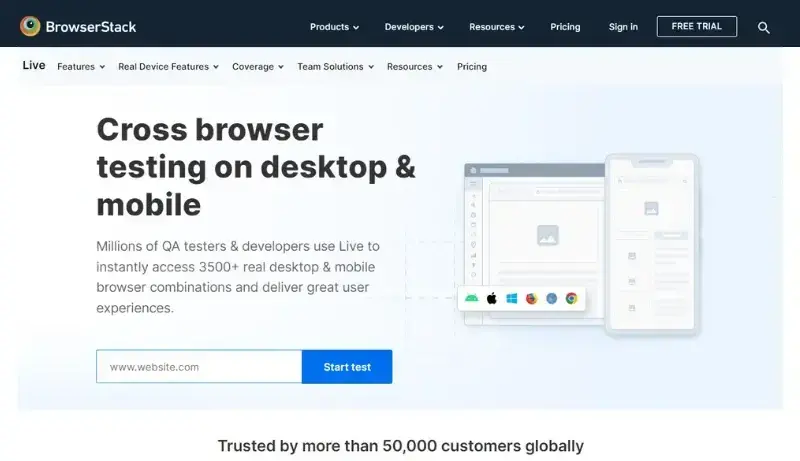
This industry leader offers a vast array of real browser and device combinations for manual and automated testing. It allows developers to test on a variety of operating systems and versions, providing valuable insights into potential compatibility issues. Integrations with popular project management and bug-tracking tools streamline the development workflow.
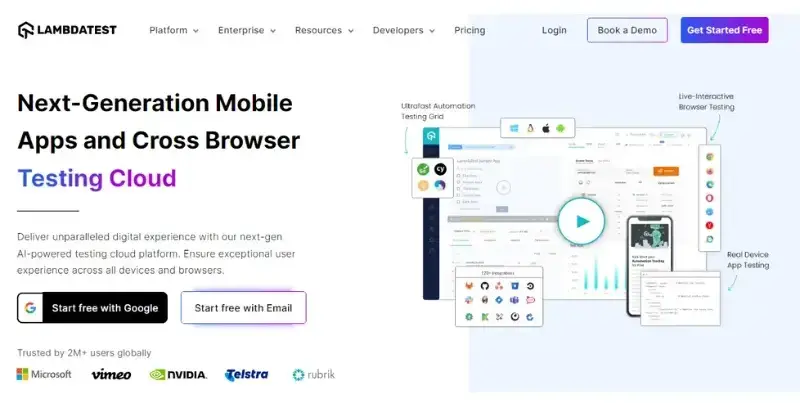
Similar to BrowserStack, LambdaTest provides a cloud-based platform for cross-browser testing. It boasts features like live interactive testing, parallel testing for faster execution, and integrations with popular development tools like Selenium and Cypress.
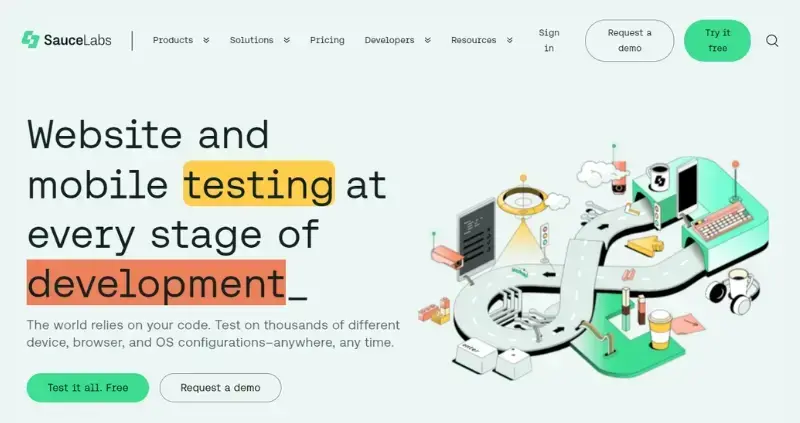
Another major player in the field, Sauce Labs offers real device and browser testing along with features like visual regression testing and automated screenshot capture for comparison across browsers. It also provides advanced reporting and analytics to help developers track progress and identify trends.
Open-Source Options (Free):
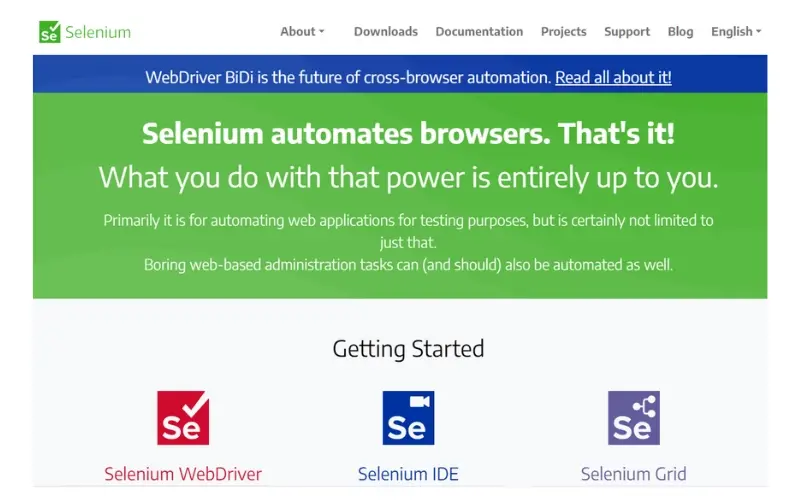
This powerful open-source framework allows developers to write automated tests for web applications. It integrates with various programming languages like Python, Java, and Ruby, and provides control over browser interactions using WebDriver. Selenium's flexibility makes it a versatile tool for advanced users comfortable with scripting languages.
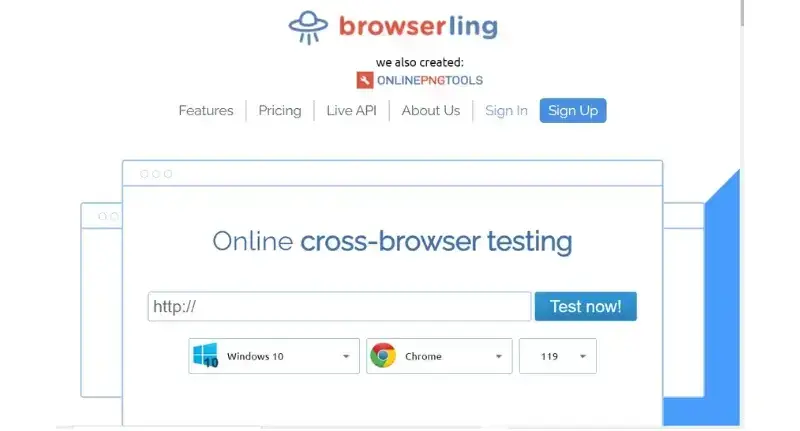
This platform offers both free and paid plans, providing live interactive testing across various browsers. It's a good option for quick compatibility checks on a limited number of browsers.
How to Choose the Right Tool for Browser Compatibility
The ideal tool for your project depends on your specific needs and budget. Here are some factors to consider:
Project Requirements: Do you need manual or automated testing? How many browsers and versions do you need to cover?
Budget: Some tools offer free plans with limited features, while others require paid subscriptions.
Technical Expertise: Open-source options like Selenium offer flexibility but require more technical knowledge to set up and use.
Browser Compatibility Best Practices
In the ever-evolving landscape of web development, ensuring consistent user experience across a diverse range of browsers remains a crucial challenge. Here's a guide to browser compatibility best practices, equipping you to navigate this complexity and build websites that work flawlessly for most users:
Laying the Foundation: Standards First
Embrace Web Standards: Adhere to established web standards like HTML, CSS, and JavaScript from the W3C. This ensures your website is built on a solid foundation understood by most browsers.
Validate Your Code: Utilize online validators or developer tools to identify and fix errors in your code. Clean code adheres to standards and reduces the likelihood of browser-specific rendering issues.
Progressive Enhancement: Building a Strong Core
Start with a Basic Version: Craft a baseline website that functions effectively on all browsers, even older ones. This core experience should provide the essential functionality of your website.
Enhance for Modern Browsers: Once you have a solid foundation, progressively add features and functionalities that leverage the capabilities of modern browsers. This ensures a smooth experience for everyone while offering additional benefits to those with up-to-date browsers.
Feature Detection and Conditional Loading
Identify Browser Capabilities: Use JavaScript's feature detection capabilities to determine which features a specific browser supports.
Load Code Conditionally: Based on the detected features, conditionally load scripts or stylesheets that provide the desired functionality only for compatible browsers. This avoids unnecessary code loading for older browsers and optimizes performance.
Testing and Debugging: Ensuring Consistency
Test Early and Often: Integrate browser compatibility testing throughout your development process. Utilize a combination of manual testing across different browsers and automated testing tools for comprehensive coverage.
Leverage Developer Tools: Modern browsers offer built-in developer tools that allow you to inspect elements, debug JavaScript errors, and identify rendering issues specific to a particular browser.
Embrace Modern Tools and Frameworks
Utilize CSS Frameworks: Popular frameworks like Bootstrap or Foundation provide pre-built, standards-compliant styles that simplify development and promote browser compatibility.
Consider Front-End Frameworks: Frameworks like React, Angular, or Vue.js offer standardized ways of structuring web applications, often handling browser inconsistencies internally. This allows you to focus on core functionality while the framework takes care of compatibility concerns.
Optimizing for Mobile Browsers
Responsive Design is Key: Ensure your website adapts seamlessly to different screen sizes and devices. Use responsive design principles to create a layout that functions flawlessly on desktop computers, tablets, and mobile phones.
Test on Mobile Devices: Don't neglect mobile-specific testing. Include popular mobile browsers like Chrome for Android and Safari for iOS in your testing suite.
Staying Ahead of the Curve: Continuous Learning
Keep Up with Browser Trends: Stay updated on the latest advancements and changes in browser behavior. Follow industry publications and developer communities to stay informed about new features and potential compatibility challenges.
Embrace New Technologies: As web technologies evolve, consider adopting emerging solutions like Web Components that promote code reusability and simplify compatibility maintenance.
Conclusion
Developers can significantly reduce the time and effort spent on ensuring a consistent user experience across different browsers by leveraging the power of browser compatibility testing tools. These tools empower developers to identify and address compatibility issues early in the development process, ultimately leading to a more robust and user-friendly web experience.
By following these best practices and leveraging the available tools, you can significantly reduce browser compatibility issues and ensure your website delivers a consistent and positive user experience regardless of your chosen browser. Remember, browser compatibility is an ongoing process. Continuous testing, adaptation, and staying updated with the latest trends are key to building websites that truly cater to the masses in the ever-changing digital landscape.
Frequently Asked Questions
Are SaaS hosted applications compatible with any web browsers?
Yes, SaaS-hosted applications are usually compatible with all major web browsers, such as Chrome, Firefox, Safari, and Edge.
What role does user interface (UI) design play in the effectiveness of browser push notifications?
UI design significantly influences notification effectiveness. Clear, visually appealing notifications with concise messaging and compelling calls-to-action enhance user engagement. Consistent UI across browsers fosters a positive user experience.
What strategies can be employed to re-engage users who have opted out of receiving browser push notifications?
Re-engaging users involves respecting their preferences and providing value. Strategies include targeted re-permission requests, offering incentives, and ensuring subsequent notifications align with user interests.
What are the common technical issues encountered with browser push notifications and how can they be resolved?
Technical issues may include delivery delays or compatibility issues. Regular testing, staying updated on browser changes, and addressing technical glitches promptly help resolve issues and ensure smooth notification delivery.

Audee Mirza is a graphic designer and WordPress developer at audeemirza.com who resides in Surabaya, Indonesia. She's also the author of Graphic Identity Blog, a professional logo designer, and often creates vector illustrations for clients and marketplaces. She enjoys good typography design and all kinds of animation.
View all posts by Audee Mirza















